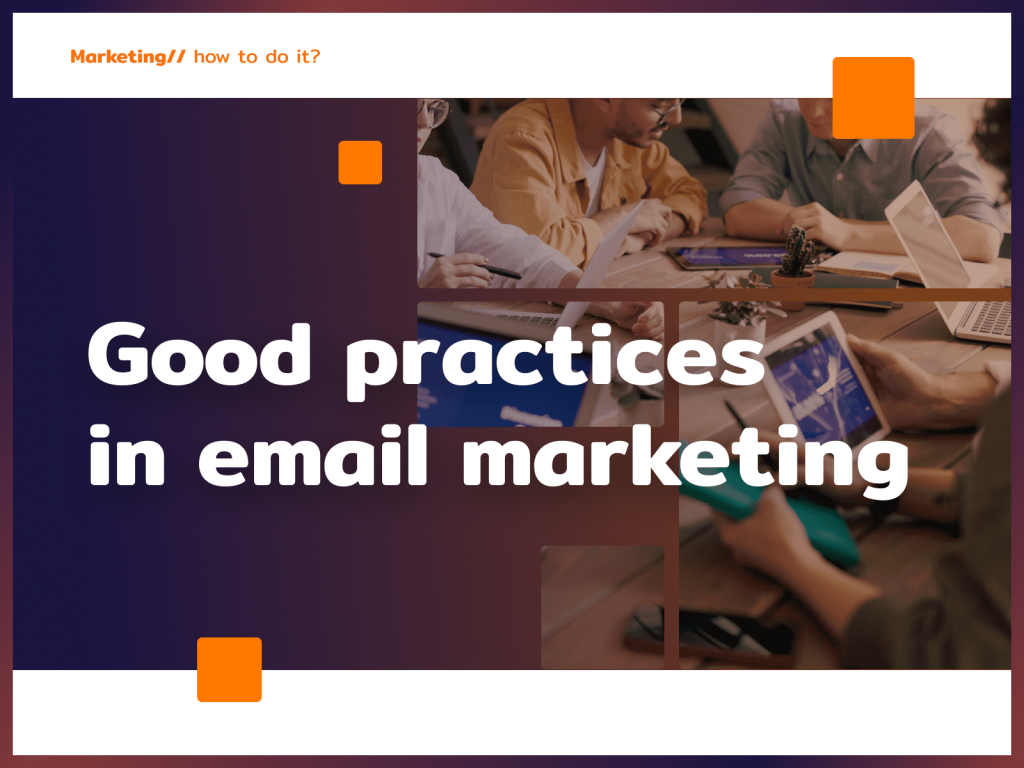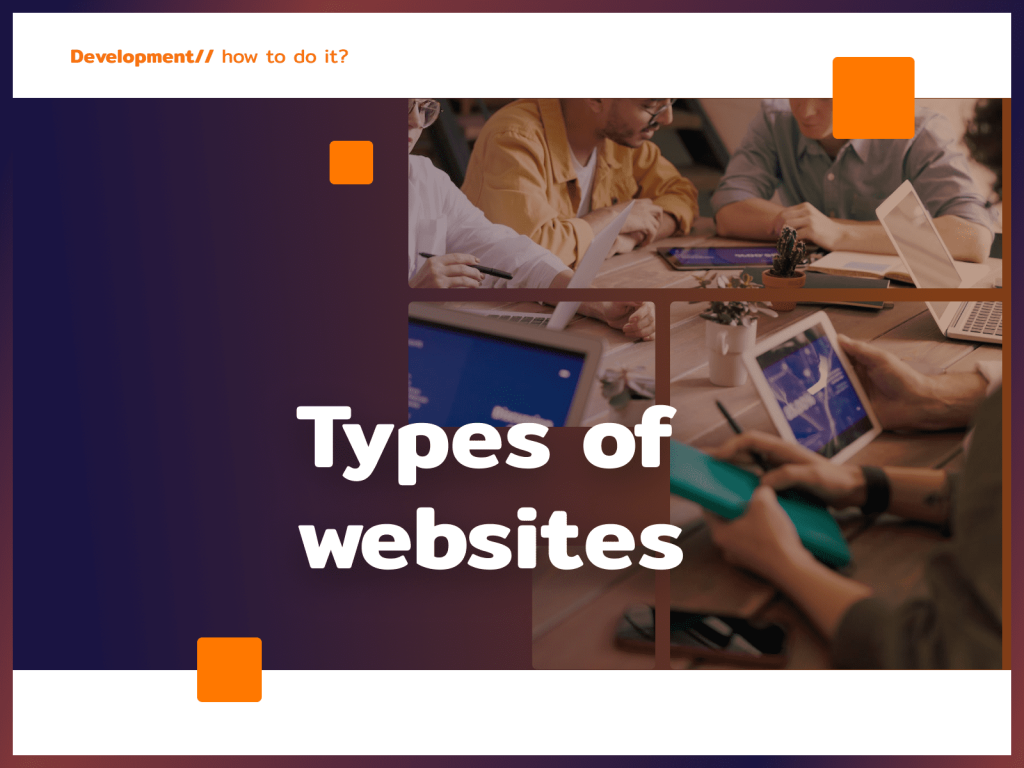You associate email marketing with SPAMmer emails that no one reads. If you are doing it wrong, this is indeed what it looks like. I have put together some tips on how to make an effective newsletter for customers. Do you want someone to take care of it for you? Contact me!
How to get subscribers?
First, the newsletter needs to have someone to send it to. So it’s worth encouraging customers to sign up, and making sure the process is very simple, otherwise there’s a big risk of users dropping out. The standard is to provide an email address and confirm your subscription in the email (which should come as soon as possible!). Ideally, the signup form should appear in several places on the site – it’s not about being pushy, but few users visit all the subpages, so it’s a good idea to maximize the chances of signing up. A clear Call to Action is also worth remembering. The save button should be conspicuous, so it’s a good idea to carve it out graphically. It might be a good idea to write in the first person singular (I subscribe).
It’s a cool idea, for example, to be able to choose which news items a customer is interested in, as this reduces the risk of them getting tired and unsubscribing from the newsletter:
A common way to encourage customers to sign up for a newsletter is also to offer something in return, such as an e-book, checklist, etc.
It’s also a good idea to use benefit language and declare what kind of messages you’ll be sending (and comply, of course!). Then only customers potentially interested in this type of content will sign up.
How to send a newsletter?
Basically, you have two choices: a plug-in for the CMS you are using or an external program.
Among the most popular plug-ins are:
- For WordPress – Acumbamail,
- For PrestaShop – FreshMail module, Mailing and Newsletter module,
- For Shopper – FreshMail.
You can also use external applications such as:
- Mailer Lite,
- Mail Chimp,
- Get Response,
- MailPoet,
- ActiveCampaign.
Ready to grow?
Don’t lecture yourself on simple mistakes!
Once you gain subscribers, it’s worth taking good care of them. In the welcome email, it will be good to include links to the company’s social media profiles. Even if a user unsubscribes from your newsletter in a while, they can still follow you on Instagram, Facebook or TikTok. A common mistake is too much frequency – preparing several emails per week costs you a lot of time, and is ineffective, because usually customers stop opening the messages, and eventually decide to unsubscribe from the newsletter. In most industries, the optimal frequency is once a week.
Remember, too, that many people will be opening your emails on mobile devices, so they need to look good on any resolution. Unfortunately, it still happens that an email on a smartphone screen becomes not very readable and simply difficult to read:
E-mail marketing – examples of good mailing
Of course, when it comes to mailing, appearance matters, so make sure the email is eye-catching. In the title of the email it is good to put an emoji and the name of the subscriber, so it will be more conspicuous.
It is better not to overdo the amount of text – it is the graphics that should do the job here. Want to bet on email marketing? You can find examples that you can use as inspiration not only on Google, but also in programs such as Canva in the Templates tab.
Why do subscribers unsubscribe from newsletters?
If you’ve ever decided to unsubscribe from some company’s email marketing you know perfectly well that a window usually pops up asking you to give a reason why you’re unsubscribing. This is great because it is a valuable source of information about the mistakes you make in your newsletter. Especially since dissatisfied users are generally more willing to share feedback than those who are fine with everything.
According to statistics kept by Fresh Mail, this is how to sort the reasons for unsubscribing from a newsletter, from the most common to the most infrequent:
- Too many emails in the inbox – overall (26%),
- Misguided content of emails (21%),
- Too many emails from this particular company (19%),
- Each email is designed to sell a product (19%),
- The content of the emails is boring, repetitive, not interesting to me (17%),
- I don’t have time to read emails (16%),
- I get the same offers from the company as in printed form, such as flyers (13%),
- Emails are focused on the company’s needs, not mine (11%),
- The emails may be useful to other customers, but not to me (10%),
- Emails look unsightly and are not very readable (10%),
- I don’t trust the information from emails enough to make a purchase (10%),
- Emails do not display properly on a smartphone (7%),
- Other (1%).
Asking a multiple-choice question is a good decision, because often the user gives up for more than one reason. Of course, it is difficult to hit everyone’s taste, but if the reason for resignation is often repeated, it is worth taking care of it.
Are you short of time to plan your company’s marketing activities? Or maybe email marketing isn’t working even though you’re using my tips? If so, write or call – I will take care of your problem individually.











